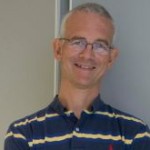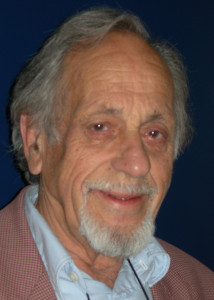 The University Director has just sent the budget allocation letter to MOFA. Unfortunately, it is rather depressive reading. Salary- and price compensation for UiB is set to 3%. However, as the money travels through the system to the institute, the compensation proposed to be cut to 1%.What the final figure will be will be decided in the December Faculty Board Meeting.
The University Director has just sent the budget allocation letter to MOFA. Unfortunately, it is rather depressive reading. Salary- and price compensation for UiB is set to 3%. However, as the money travels through the system to the institute, the compensation proposed to be cut to 1%.What the final figure will be will be decided in the December Faculty Board Meeting.
The size of the local salary pot was unusually big this year and K2 employees were allocated a large part of it, so much that our salary expenses will increase about 5% in total next year. This combined with a minimal number of retirements the next two years means that we will have to continue to reduce that base funding part of our budget. However, we will still try to shield the operating funds allocated PhD-students and Postdocs, but I cannot promise that we will be able to do so in 2015.
Another main issue for K2 in the budgeting process is how zero-overhead projects are to be handled. K2 is the institute with the highest number of such projects. The Faculty Board will in December also determine principles for how rent and administrative costs for such projects are to be paid. This may affect the financial situation at K2. There are signs that we will see a tightening in transferal in this area. Thus, we might very soon find ourselves in a situation where we will have to say no to certain forms of external funding.
Are there no positive cyphers you may ask? Well, there will be funds earmarked galenic pharmacy. In addition we will be have a larger budget for scientific equipment than in 2014. K2 will also be given a technical position for operating and administering the Unit for Healthy Volunteers which will launch in 2015.
Whether or not we will be able to strengthen the budget is also up to you as a K2-employee. At the top of my wish list is funding of some of our many EU- and NFR-applications. It is great to know that K2 is the UiB institute with the highest number of EU-applications this year; hopefully some will be translated into project funding. These are the projects that can strengthen the financial situation at K2. Let’s just hope our prayers are answered.
Wishing you all a balanced 2015
Eystein
Head of Department




